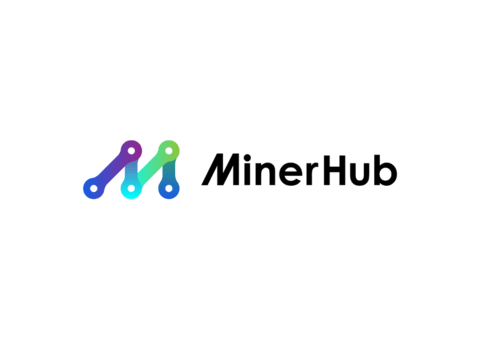Detailed Explanation of Ethereum Muir Glacier Project
Produced | Mine Vision (ID: minersight)
Produced | Mine Vision (ID: minersight)
EthereumEthereumThe difficulty bomb started to take effect again, and the block explosion time on the chain was greatly extended. This situation caused strong dissatisfaction among the miners in the Ethereum community, and the communication between the communities also began to appear chaotic.
In order to alleviate this situation, after several rounds of consultations, the Ethereum development team decided to launch EIP-2384 (aliasmuir glacier) update scheme.
 So what method does Muir Glacier delay the difficulty bomb, and when will the adjusted difficulty bomb explode next time? Mine Vision will answer you one by one through the details of the official proposal of Ethereum.
So what method does Muir Glacier delay the difficulty bomb, and when will the adjusted difficulty bomb explode next time? Mine Vision will answer you one by one through the details of the official proposal of Ethereum.
01. Ethereum Improvement Proposal 2384: Muir Glacier (Muir Glacier) Difficulty Bomb Postponed
02. Simple summary
Average block times are climbing due to the slow acceleration of the difficulty bomb (also known as the “ice age”). This Ethereum Improvement Proposal (aka EIP) proposes to delay the difficulty bomb by another 4,000,000 blocks. (Converted into time units, it is about 611 days)
03. Summary
Starting from MUIR_GLACIER_FORK_BLKNUM, the client will calculate the difficulty according to a modified block number. Specifically, compared with the Homestead Fork (Homestead Fork), the difficulty bomb has been adjusted backward by 9 million blocks; Byzantium Fork (Byzantium Fork) was adjusted 7 million blocks later; compared to Constantinople Fork (Constantinople Fork), it was adjusted 4 million blocks later.
04. Motivation factors
The difficulty bomb at block 8,600,000 on October 5th of this year started attracting attention again. At that time, the average block generation time was about 13.1 seconds, and by the time of block 8,900,000, the interval had reached 14.3 seconds. This represents an exponential acceleration in block times every 100,000 blocks. By estimating the additional impact of the difficulty bomb on the block generation time, we found that at the end of December 2019, everyone will witness a block generation time of 20 seconds. From the next year, which is February 2020, this time will increase to 30+ Second.
This will not only expand the blockchain, but also further increase the cost of use. The best solution would be to delay the difficulty bomb again until the expected launch of the Eth2 finality gadget.
05. Technical parameters
Modify the block number to relax the difficulty
For calc_difficulty, just replace the block.number used in the index component of the difficulty bomb with the following formula:
fake_block_number = max(0, block.number – 9_000_000) if block.number >= MUIR_GLACIER_FORK_BLKNUM else block.number
06. Theoretical basis
This will delay the Ice Age by a full 52 million seconds (about 611 days), which means that Ethereum will still reach the 20-second block time around July 2021.
It’s also worth noting that this will push Ice Age back from the fixed block height of 8,800,000 by 4,000,000 blocks, not from the fork activation block where this Ethereum Improvement Proposal (EIP) is located.
07. Backward Compatibility
This Ethereum Improvement Proposal (EIP) is not forward compatible and introduces backward incompatibility when calculating difficulty. Therefore, it should be included in a scheduled hard fork of a certain block number. Our proposal is to join this EIP shortly after the Istanbul Fork.
08. Test case
No test cases are available yet, but test cases will be created as soon as the specification is accepted by developers or implemented by customers.
09. Specific implementation
Original link:ethereum#9187。
Original link:



